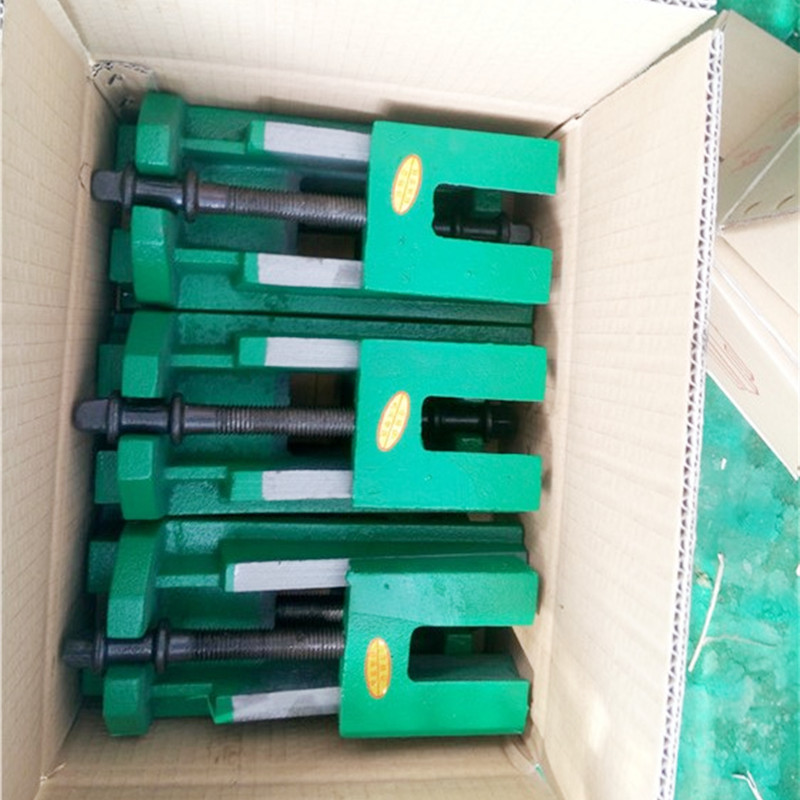Sep . 03, 2024 00:54 Back to list
pilot check valve
Understanding Pilot Check Valves Function, Types, and Applications
Pilot check valves are essential components in hydraulic and pneumatic systems, designed to ensure the unidirectional flow of fluids while allowing for controlled operation through an auxiliary pilot signal. Their unique functionality plays a critical role in various industrial applications, from manufacturing processes to mobile machinery operations, making them an integral part of modern fluid control systems.
At the core of a pilot check valve's operation is its ability to permit flow in one direction while preventing backflow. The valve consists of two primary chambers separated by a movable element, often a ball or a poppet, which opens or closes based on the pressure differential across it. When the primary flow occurs in the intended direction, the pilot fluid can act on the valve, allowing it to open fully. Conversely, if there is a drop in pressure or an attempt for backflow, the valve automatically closes, preventing reverse flow. This simplicity in design, combined with its effective operation, makes pilot check valves a favored choice in many hydraulic systems.
There are several different types of pilot check valves, each tailored to specific applications and requirements. The most common types include
1. Standard Pilot Check Valves These are used in various hydraulic circuits and are known for their robustness and reliability in preventing fluid backflow.
pilot check valve

3. Ball Type Pilot Check Valves Utilizing a ball mechanism, these valves are capable of providing a tight seal and are often used in high-pressure applications.
4. Modulating Pilot Check Valves These valves allow for variable flow rates and are ideal in situations where flow may need to be adjusted dynamically.
The applications of pilot check valves are vast and varied. In industrial automation, they are critical components in hydraulic presses, injection molding machines, and other automated systems where fluid control is paramount. In mobile equipment like excavators and forklifts, pilot check valves help maintain appropriate pressure levels, ensuring stability and safety. Moreover, they are utilized in water treatment facilities, chemical processing plants, and even in HVAC systems to regulate fluid flow efficiently.
One of the significant advantages of pilot check valves is their compact design, which allows for easy integration into existing systems without requiring significant modifications. Furthermore, they provide operational efficiency by minimizing energy loss and maintaining system integrity under varying pressure conditions.
In conclusion, pilot check valves are a vital element in the management of fluid systems across numerous industries. Their ability to provide reliable directionality and control ensures that systems operate smoothly and efficiently. As technology advances and industries evolve, the importance of pilot check valves will only continue to grow, underscoring the need for reliable fluid control solutions in an increasingly complex industrial landscape. Understanding their functionality and application can lead to better design choices and improved system performance.
-
Why Metric Trapezoidal Thread is Ideal for Precision Motion ControlNewsAug.05,2025
-
The Unique Properties of a Block of Granite for Industrial UseNewsAug.05,2025
-
The Role of Flanged Y Strainers in Preventing Pipeline ClogsNewsAug.05,2025
-
The Importance of Regular Calibration for Master Ring GagesNewsAug.05,2025
-
How a Cast Iron Surface Table Enhances Accuracy in ManufacturingNewsAug.05,2025
-
Comparing Different Check Valve Types for Optimal Flow ControlNewsAug.05,2025
Related PRODUCTS









